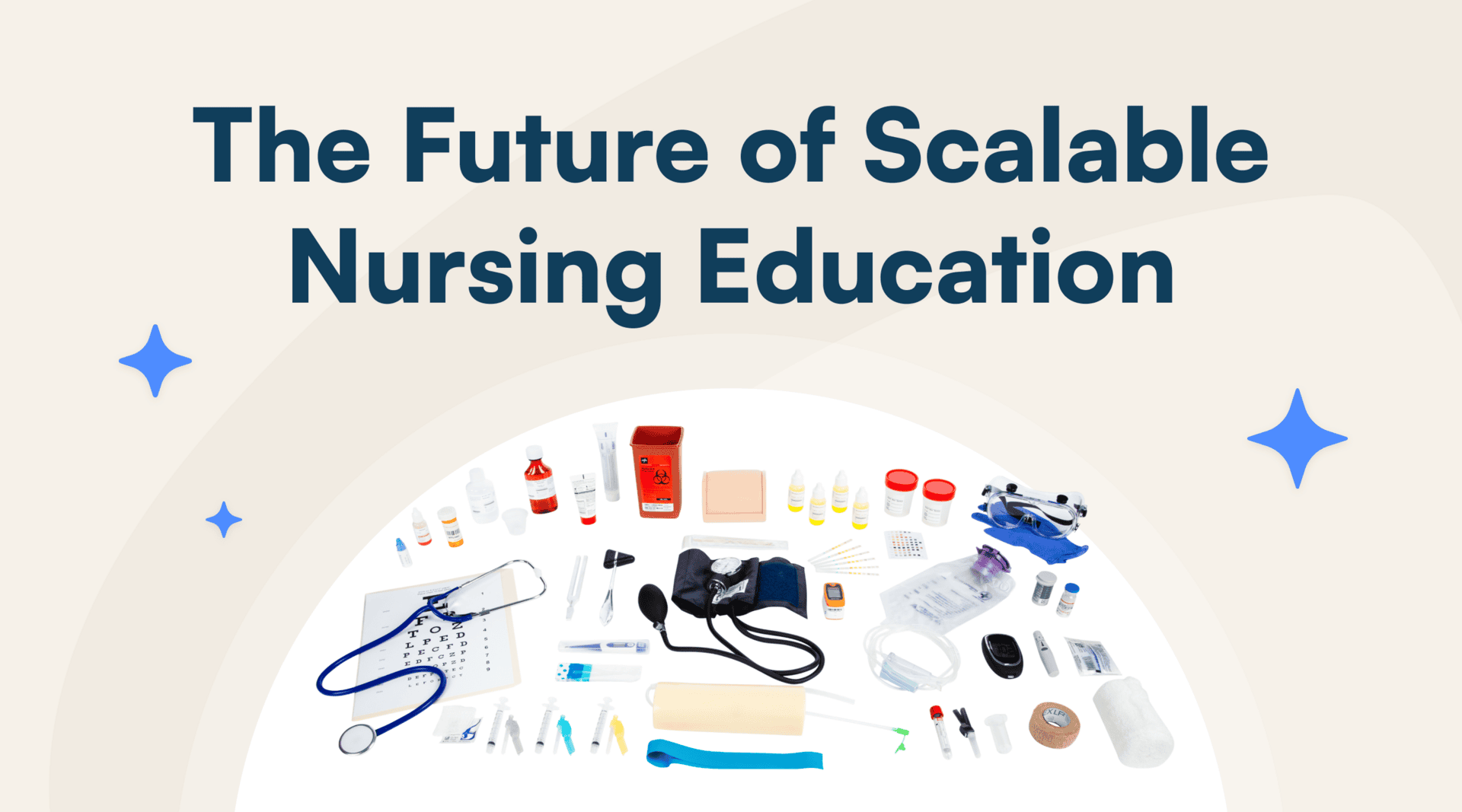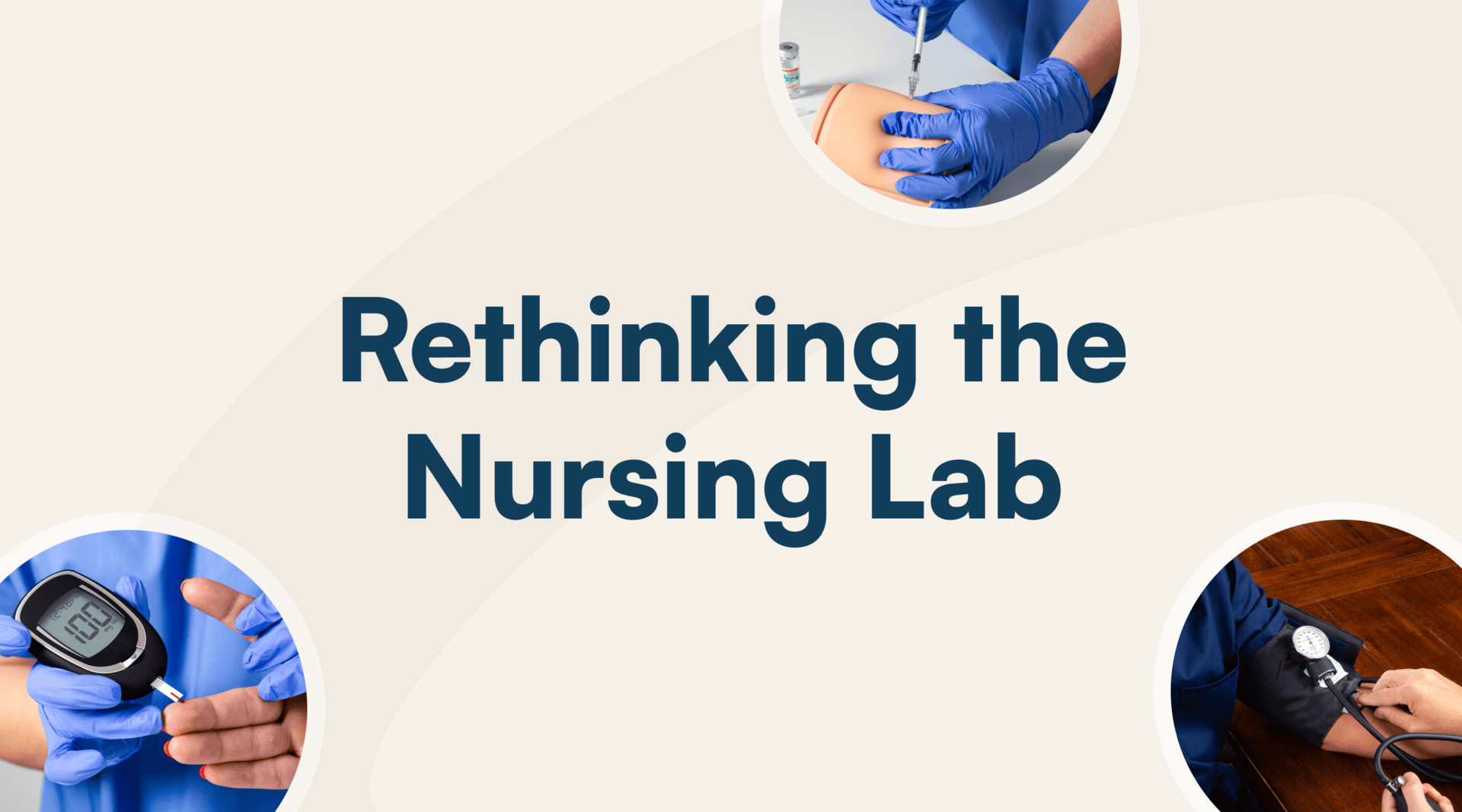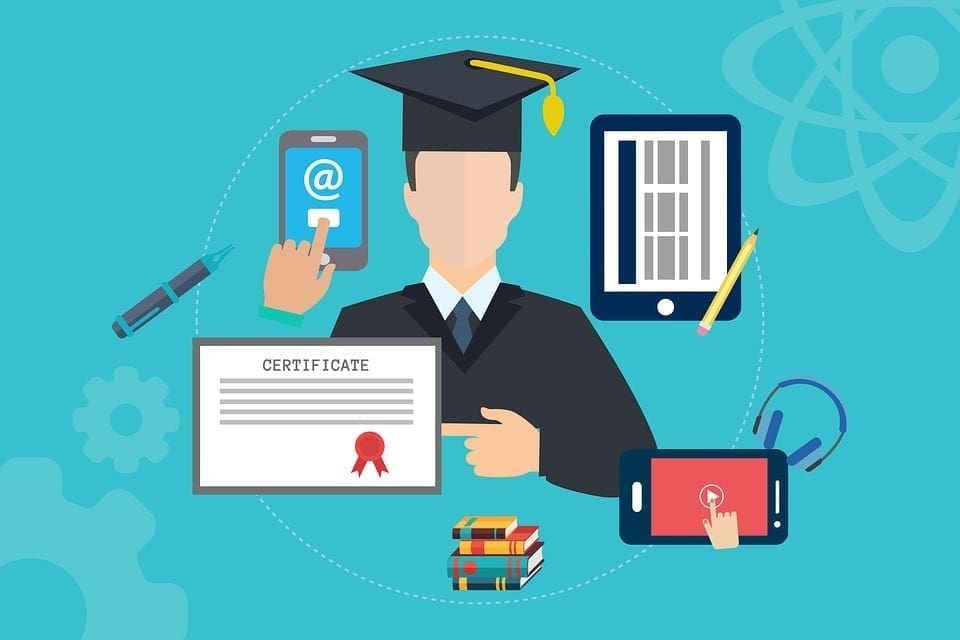We live in a world that is constantly changing. Nothing today seems to be the same as ten years ago. Education is not excluded from this. But where is education headed? I think the direction is obvious: digital and distance.
Let’s make a distinction between the two, quickly. While Hands-On Labs is digital and distance learning, not all digital education is distance, and not all distance education is digital. For example, before the summer of 2016, HOL was only distance. We didn’t have a digital lab management platform that assisted in student learning, but instead packaged our kits with documents and PDFs. On the flip side, there are plenty of ways in which physical classrooms incorporate digital elements into their teaching. This is sometimes called digital technology in the classroom (DTC).
While it is possible to have distance learning without digital, I think it is needless to say that the most effective distance education programs will be incorporated into the digital landscape. So even if there is a difference between digital and distance, we should visualize distance as also meaning digital. However, not all digital has to be distance.
With this, will distance learning be the future of education?
To answer this question, we should think about who distance learning benefits the most:
- Non-traditional students
- Younger students
- Students on a tight budget
For non-traditional students, the benefits speak for themselves. Attending and going through a traditional college education is incredibly time consuming, and time is something many non-traditional students don’t have. Whether it is because they have a family, a job, etc., distance learning caters to the schedule of the non-traditional student.According to Jenny Jopling, the President of the U.S. Distance Learning Association, the non-traditional student population has exploded through distance learning.
For younger students, digital atmospheres are something they know best. As Tyler Wantulok from Pine Cove Consulting puts it, students demand technology in education and younger students are digital natives. People reaching college age today don’t personally remember a world without smartphones, and their expectations are highly digital!
For students on a tight budget, distance learning provides a more affordable option. While some digital education materials can cost close to physical courses, there are a lot of hidden costs in traditional education: room and board within a college town, meal plans, traveling to campus, etc. Digital education eliminates all that needless cost!
Finally, to understand the future of education, we should take a brief look at the recent past of education. Has distance education been growing? Luckily for us, the Babson Survey Research Group has performed phenomenal research in this area in their online learning survey.
According to Babson Survey Research Group’s survey, the percentage of students that are enrolled in some distance education has increased by 3.4% between 2012 and 2016. ‘Some distance education’ meaning the students are enrolled in a mix of traditional courses and distance education courses. According to the same survey, the percentage of students that are enrolled in entirely distance education has increased by 2.3% between 2012 and 2016. Overall, there has been an increase in the usage of distance learning by 5.7% between 2012 and 2016.
In raw number, including both graduate and undergraduate students, there has been an increase of 933,715 students taking distance education courses between 2012 and 2016. In 2016, there was a total of 6,359,121 students that were enrolled in some kind of distance education! Of these students, 68.9% were enrolled in a public institution.
Looking at these numbers, distance education is quite significant in education as a whole, however there is a lot of progress to be made if it will truly be the future of education, as traditional students still make up a massive majority in college education.
While there is progress to be made, Clayton Christenson, a professor at Harvard Business School, believes that in the next ten to fifteen years nearly half of American universities will close or go bankrupt due to online education. However, if colleges keep up with the changing winds, they can survive. In the end, only time will tell. The education market is incredibly complicated, and many factors will play into what it looks like in a decade.
Discover more articles

Science Interactive Launches New Nursing Fundamentals

What Clinical-Ready Actually Looks Like (And How to Get There Sooner)


